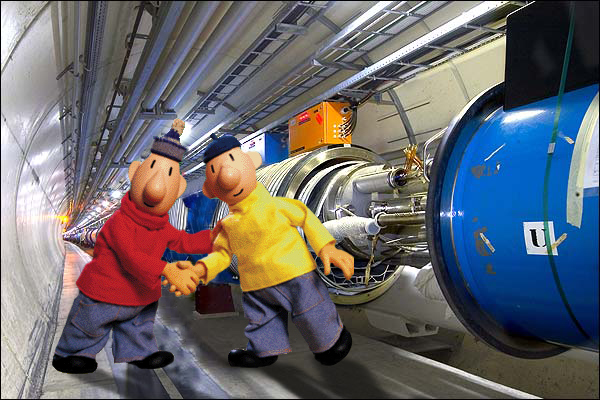 The SM is not a final theory of everything. What is beyond the SM?
How to include gravity? Even within the SM model itself a big problem
remains unsettled: where masses of particles come from? It is likely
that the answer to this single question will lead us beyond the SM.
The SM is not a final theory of everything. What is beyond the SM?
How to include gravity? Even within the SM model itself a big problem
remains unsettled: where masses of particles come from? It is likely
that the answer to this single question will lead us beyond the SM.
There is a host of hypotheses about New Physics beyond the SM. Some include supersymmetry. Some result in introduction of new strong interactions and new substructure of SM particles. Some introduce extra dimensions, straight or warped. Some predict a Higgs boson, one or more. In some there is none. Only one thing is clear: the decision on the correct theory lies in experiments like LHC and ILC.
In my research, I focus on the strongly interacting theories of new physics beyond the SM. New Strong Physics generally predicts the existence of new bound states. These would occur in various collision processes as new resonances, if the collision energy is high enough. Otherwise New Physics can demonstrate itself through indirect effects: deviations from the SM predictions observed in precision measurements. Phenomenology of the strongly interacting theories can be described and studied in the context of the effective Lagrangians.
Along with my colleagues, Ivan Melo (University of Zilina), and Josef Juran (Silesian University in Opava, and CTU in Prague), we have formulated the top-BESS model, which is an effective description of the strong ESB with a single new SU(2)L+R triplet vector resonance. The model is a modification of the BESS model in the fermion sector reflecting a possible extraordinary role of the top quark in the mechanism of ESB.
dictionary: SM = Standard Model, ESB = Electroweak Symmetry Breaking, LHC =Large Hadron Collider, ILC = International Linear Collider, BESS = Breaking Electroweak Symmetry Strongly